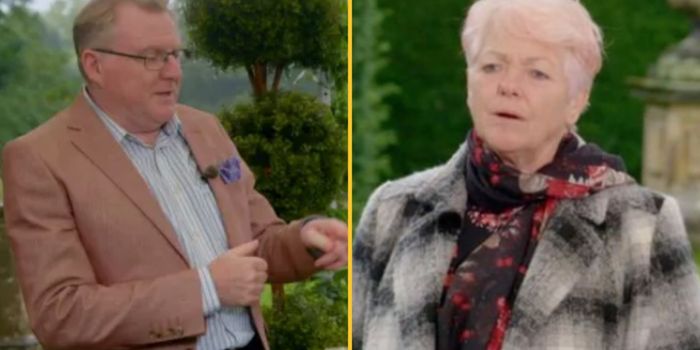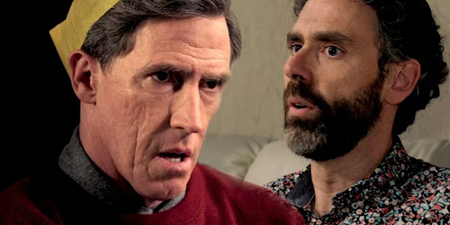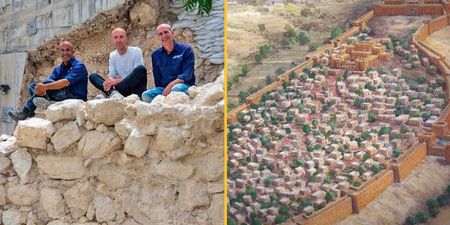He told the mother and daughter that ‘no price’ could be put on the medallion they brought in
An Antiques Roadshow expert once refused to put a price on an item brought onto the show due to its distressing past.
Back in 2021, the much-loved BBC show visited Newby Hall in Yorkshire for an episode.
When a mother and daughter brought in a medallion though, antiques expert Mark Smith told them they wouldn’t be getting a valuation on it due to its history.
Giving some background information about the medallion, the mother explained: “Unfortunately my mum passed away in February this year and while we were sorting out her things we came across the medal that belonged to my grandad Tommy, which was her father.
“So it’s all been a bit of a mystery because we couldn’t find out why he actually got the medal.”
They went on to reveal that Tommy used to also travel to Austen in Belgium.
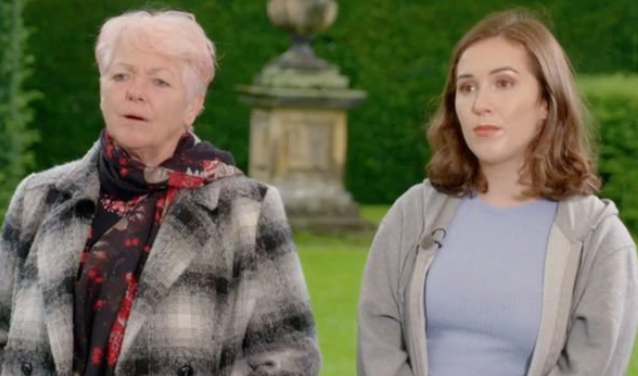
Smith pointed out to the woman that the medal was created in 1955, so her grandad wouldn’t have been “awarded” the medal.
Instead, he explained that Tommy was likely given the item as a “present,” the Express reports.
He said: “It’s something that he does on a yearly basis, as far as I can work out, where he is taking back old soldiers. And the group in Belgium that he has affiliated himself with are a very rare group of people, because they are concentration camp survivors.”
Smith explained that the medallion was given to people who survived the Holocaust and escaped concentration camps, and because of this he wouldn’t be able to give it a valuation.
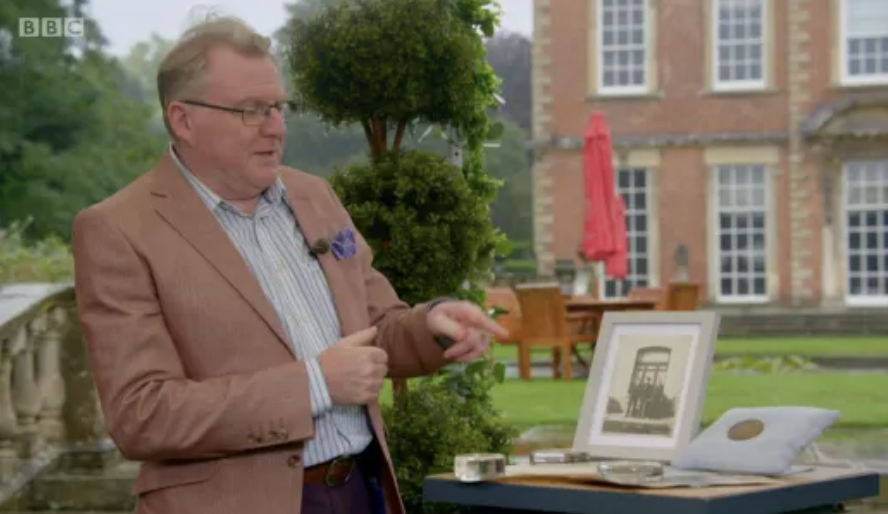
Speaking about what what the camp would have been like, Smith continued: “It had two gas chambers, it had firing post to execute people, it had gallows to hang people and it had torture chambers and it’s still there.
“Now your medallion is the 10th-anniversary medal for the liberation of concentration camps and they were given to people, Belgians, who had been in concentration camps.
“So the medal you actually have, on this side the front of it shows a prisoner wearing a concentration camp uniform.”
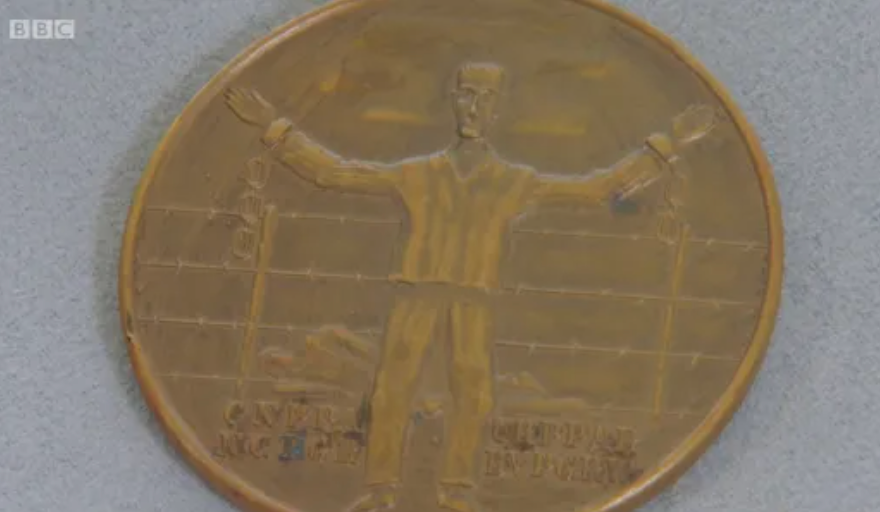
Looking at the back of the medallion, the expert said the symbol of a triangle and B was sewn on to the prisoner’s uniform to show they were Belgian.
The colour of the triangle was also significant.
“If the triangle is yellow you’re Jewish, if it’s black you’re a political prisoner, and if it’s pink it’s a homosexual, it’s a terrible regime,” he told them.
“Now in 1955 a programme was started to record the names of everyone who perished in the Holocaust and they’re still doing it today.
“I think they’re up to about four million names now but that’s when it started and I have a feeling that’s what this is.”
The woman had also brought a picture of a man with her, and Smith explained that this was in fact the man who had given her grandfather the medal.
He continued: “It’s actually signed that he was in the underground forces, part of the resistance movement and he was also in a concentration camp.
“Now we always give you a valuation on the Antiques Roadshow.
“But we don’t give valuations to Holocaust things because there is no price you can put on what someone went through to be awarded that medal.
“So I can’t tell you what it’s worth but now you know what it is, I hope you think it was worthwhile coming to the Antiques Roadshow.”
